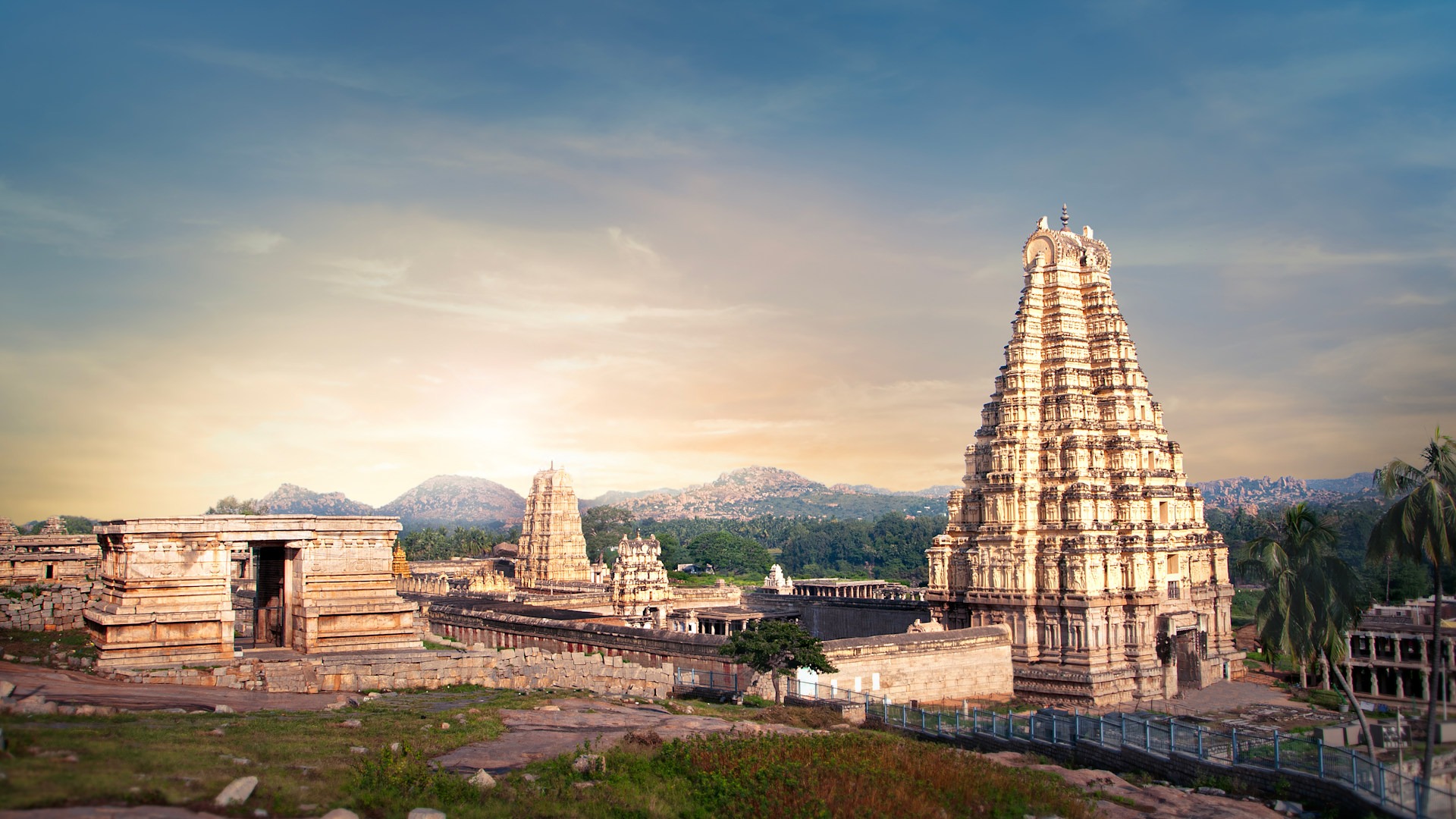South India – Exotic Tours
 The temple town is renowned for its gorgeous silk saris characterized by startling colour contrasts, beautiful gold and silver thread borders and nature motifs. Apart from a thriving silk industry, Kanchipuram is also a treasure trove of temples that date back from the pallava and chola dynasties.
The temple town is renowned for its gorgeous silk saris characterized by startling colour contrasts, beautiful gold and silver thread borders and nature motifs. Apart from a thriving silk industry, Kanchipuram is also a treasure trove of temples that date back from the pallava and chola dynasties.
Dedicated to Shiva, Kailaishnath is one of the oldest temples in Kanchipuram, built by Rajasimha and his son Mahendra, in the late seventh century. The sandstone architecture of this most beautiful temple of Kanchipuram retains the freshness of the early Dravidian style. There are fifty-eight small shrines around the main one, which honour Shiva and Parvati and their sons Ganesh and Murugan. Also striking are the fresco paintings on the inner walls of the shrines. Non-Hindus are permitted into the inner sanctum, where there is a lingam – apparently the largest in town and third largest in Asia visitors will find that the guides and priests in and around the temple are friendly and helpful.
Occupying a sprawling forty acres of land, the Ekambareswarar temple is the largest in Kanchipuram, and largely dominates its skyline. This is one of the five major Shiva temples (Where He is worshipped as the Prithvi Lingam) and represent “earth” as one of the five elements.
The other four temples are Thiruvanaikaval Jambukeswara for water, Chidambaram Natarajar for ether Thiruvannamalai Arunachaleswara for fire and Kalahasti Nathar for wind. The temple’s fifty-nine-metre high gopuram (an ornate monumental tower at the entrance of a temple) and enormous outer wall were constructed in 1509 by Krishnadevaraya of the Vijaynagar empire. It is believed that Parvati, Shiva’s consort worshiped him in the form of a Prithivi Ungam (or a lingam made from soil). When the neighbouring Vegavati river overflowed and threatened to engulf the lingam, Parvati embraced it Moved by this gesture, Shiva materialised into human form and married name of the temple is said to be derived from Eka Amra Nather – Lord of the Mango Tree.There is a mango tree here believed to be 3,500 years old with four branches that represent the four Vedic texts.
The Vardharaja Perumal temple is impressive and exquisite. Dedicated to Vishnu, ft was built by the Pallavas in 1053 and expanded later during the reign of the Cholas. It is located in Vishnu Kanchi, an area of Kanchipuram filled with places of worship dedicated to Vishnu. There is a hundred-pillar hall filled with breath-taking sculptural work. Take note of the ornamental rings (carved out of a single stone) at the four corners of the hall. The annual Garudothsavam festival takes place during the months of May and June and that is a vibrant colourful time to visit the area along with hundreds of other devotees from across the country
Another exceedingly important Vishnu temple is the Vaikunt Perumal buift by the Pallava king Nandhivarman Pallavamalla a few years after the completion of the Kailaishnath temple.
The Vaikuntha Perumal Temple (the name translates into ‘Vishnu’s paradise’) is a single structure whose principal parts make an integrated whole. While it is a striking building, there are a couple of things that stand out and make this temple unusual. There’s a corridor for circumambulation of the shrines on the second and third floors and its cloisters, with a colonnade of beautiful lion sculpture pillars and other extensive sculptures bearing various Pallava inscriptions. There is generally a lesser crowd here, and make for a nice change from the other more busting tourist spots in the city.

